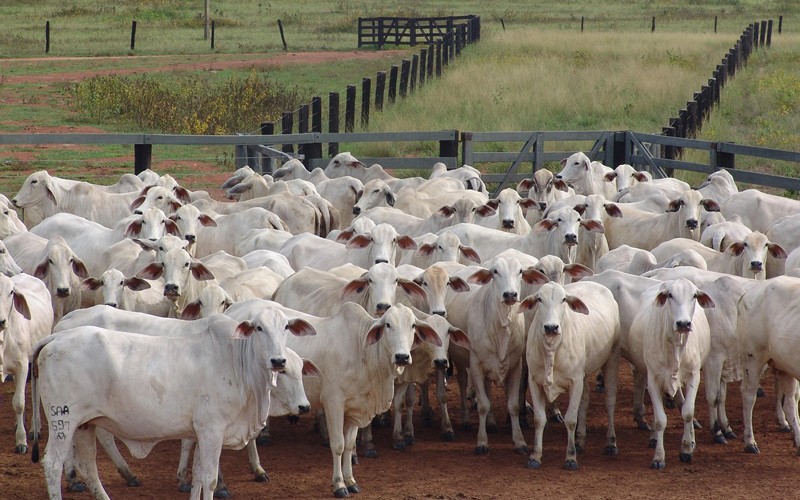- Courses
- GS Full Course 1 Year
- GS Full Course 2 Year
- GS Full Course 3 Year
- GS Full Course Till Selection
- Online Program
- GS Recorded Course
- NCERT (Recorded 500+ Hours)
- Polity Recorded Course
- Geography Recorded Course
- Economy Recorded Course
- AMAC Recorded Course
- Modern India, Post Independence & World History
- Environment Recoded Course
- Governance Recoded Course
- Science & Tech. Recoded Course
- International Relations and Internal Security Recorded Course
- Disaster Management Module Course
- Ethics Recoded Course
- Essay Recoded Course
- Current Affairs Recoded Course
- CSAT
- 5 LAYERED ARJUNA Mentorship
- Public Administration Optional
- ABOUT US
- OUR TOPPERS
- TEST SERIES
- FREE STUDY MATERIAL
- VIDEOS
- CONTACT US
Rashtriya Gokul Mission (RGM) for Livestock Sector
Rashtriya Gokul Mission (RGM) for Livestock Sector
24-04-2025

- The Union Cabinet has approved the Revised Rashtriya Gokul Mission (RGM) to strengthen the livestock sector.
- An additional outlay of ₹1,000 crore has been sanctioned for the 15th Finance Commission cycle (2021–22 to 2025–26).
Objectives of Revised RGM
- Enhance bovine productivity and milk production through sustainable and advanced technologies.
- Promote genetic improvement using high genetic merit bulls for superior breeding outcomes.
- Expand the Artificial Insemination (AI) network for better breeding services across rural areas.
- Ensure doorstep AI services to farmers through a robust technician network.
- Promote indigenous cattle and buffalo breeds using a scientific and holistic approach.
|
About the Mission
|
New Components in Revised RGM
- Heifer Rearing Centres: One-time 35% capital subsidy for 30 centers to house 15,000 heifers in total.
- Support for IVF Heifers: 3% interest subvention on loans to farmers for purchasing high-genetic-merit IVF heifers.
Existing Core Components
- Ensure availability of high genetic merit germplasm through Bull Production Programmes using Progeny Testing and Pedigree Selection.
- Implement In Vitro Fertilization (IVF) technology for breed improvement.
- Expand AI services by creating a network of Multi-Purpose AI Technicians in Rural India (MAITRIs).
- Roll out the National Digital Livestock Mission for real-time data on animal health and disease outbreaks.
Indigenous Breed Promotion
- Support and conserve elite indigenous breeds via Gaushalas, Gosadans, and Pinjarapoles.
- Establish Gokul Grams for conservation and development of indigenous breeds.
- Set up National Kamdhenu Breeding Centres in Andhra Pradesh and Madhya Pradesh to serve as genetic repositories.
Farmer Engagement and Recognition
- Launch a Nationwide AI Programme to provide free AI services at the farmer’s doorstep.
- Introduce awards like Gopal Ratna and Kamdhenu to incentivize indigenous cattle rearing.
- Organize skill development initiatives for AI professionals and rural technicians.
Technology and Market Access
- Promote Advanced Reproductive Technologies to ensure disease-free female bovines.
- Operate e-Pashu Haat – Nakul Prajnan Bazaar, an e-market platform to connect breeders and farmers for quality bovine germplasm.
Impact of the Rashtriya Gokul Mission
- Milk production increased by 63.55% over the last decade.
- Per capita milk availability rose from 307 grams/day in 2013–14 to 471 grams/day in 2023–24.
- Bovine productivity improved by 26.34% in the same period.
|
Also Read |
|
UPSC Foundation Course |
|
| UPSC Monthly Magazine | CSAT Foundation Course |




